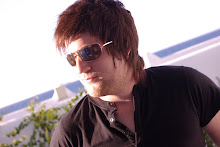
Through interviewing people I haven’t met before, has improved my confidence and my social ability to work with people I am not used to. I am usually a very shy person, but the project has brought a side of me out which I wasn’t aware that I possessed.
While I managed to interview a lot of people, one thing I could have done better; was to ask the questions again; If I thought the answer they were giving, wasn’t what we we’re looking for.
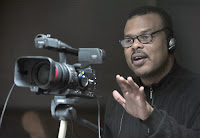
There is a lot to learn about being prepared, as I learnt through this project. The first instance was the pitch; the interactive board in the classroom wasn’t working for the pitch. It is very un-professional to have equipment malfunction for an important pitched, we should have taken precautions, and checked all equipment in good time before we delivered out pitch.

The next incident where we were not prepared, was during the hour before our first big film day at the Somerset legion house. Although the camera broke that morning, we should always have a back up camera ready to be used. We relied on Dan’s dad to be in the house to give us the other camera. In reality, we should have informed him, that if any problems were to arise, would he be available to give us the equipment we needed. As for the tapes, we did have enough to last the interview, but purchased more tapes to make sure – this was a good decision, but the tapes should have been purchased the day before.
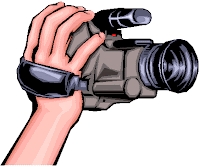
I think we gained some good interview for our project, and some very good answers. The answers we got were all different, as each contributor had a different background and experience. However, we asked them same questions to each interviewee, I think if we asked some different questions, or had 3 sets of different questions, we would have more material that was unique and useful to the project.
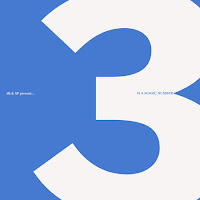
When working on this project it also made me realise just how important everyone’s roles were during the shoot. Even if a person is the boom operator, without that person, it leaves the job to be done by another individual. In this case it was very difficult, with a small group of three; some of us had to fill two roles during the interviews.

Equipment is also an issue, having the correct equipment and amount is an important factor. Due to the camera braking, all shots had to be done with one camera, making the editing process harder than it needed to be. With two cameras, we could film one interview at two different angles or distances. We also know that some areas of the buildings, it would have been helpful to have a floodlight. Unfortunately one wasn’t available to us. The reflectors weren’t effective where there was no light for it to bounce off.
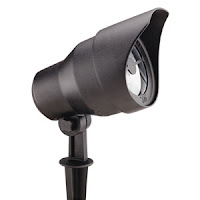
Having a structure for the way you want your documentary to look, before you film, is always important. As a group we decided on a specific structure, and were able to get the correct footage for this. Without doing this, we knew it would make the editing process even harder. Although; our structure planning wasn’t completely flawless, we had to wait till we had decided on the interviews we were going to use, for the final product, before we could decide how to use the voiceover.
I enjoyed doing the group project and picked up a lot of things about the business on the way. Gaining a few “what to do, what not to do” guidelines along the way was helpful, learning from hands-on experience is always better than reading from a book. I also found out things about myself which I wasn’t aware, and put myself in situations that I would usually be afraid of.













































